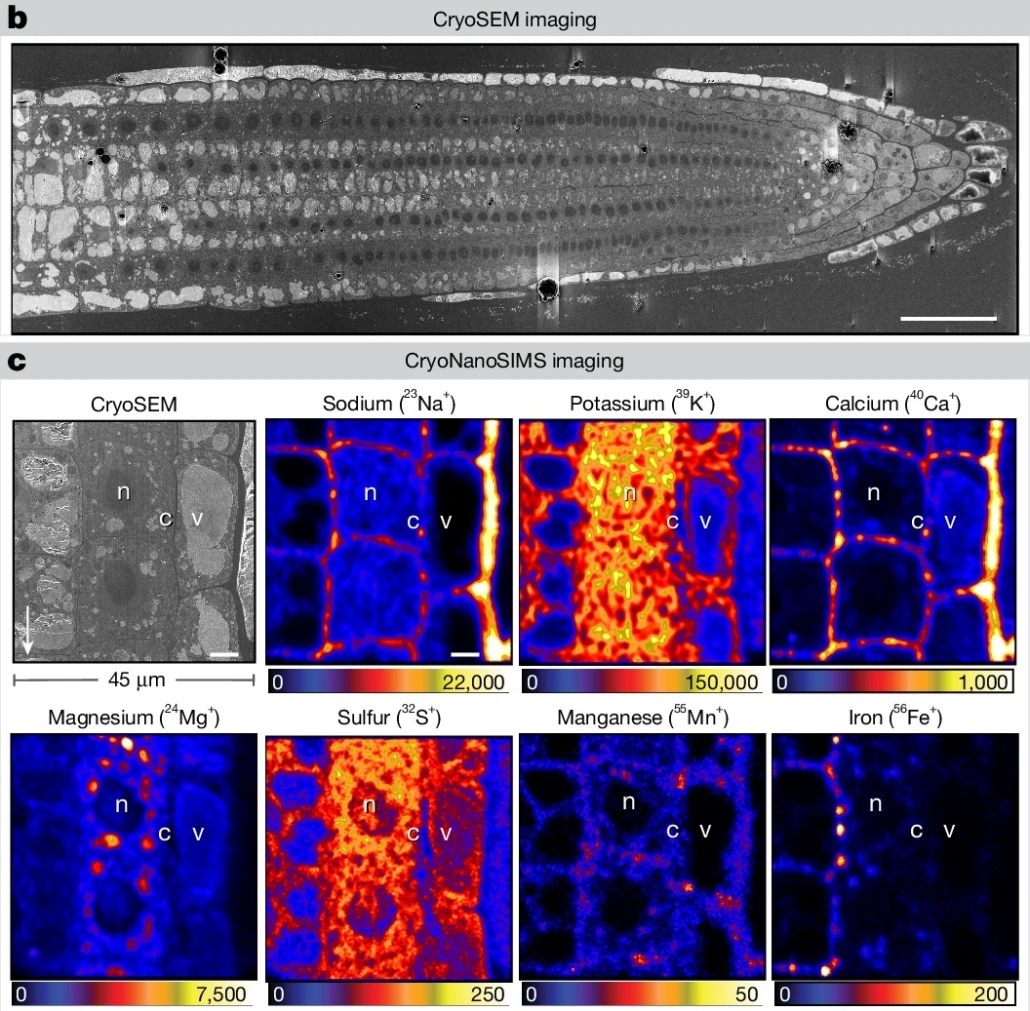
SOS1, salt, and cryo-imaging of subcellular element distribution
Blog, Plant Science Research WeeklyFor living organisms, proper control of element location is just as important as the control of enzyme location, but harder to study. A new study by Ramakrishna et al. uses an exciting new technology, cryo nanoscale secondary ion mass spectrometry ion microprobe, to investigate elemental distribution…
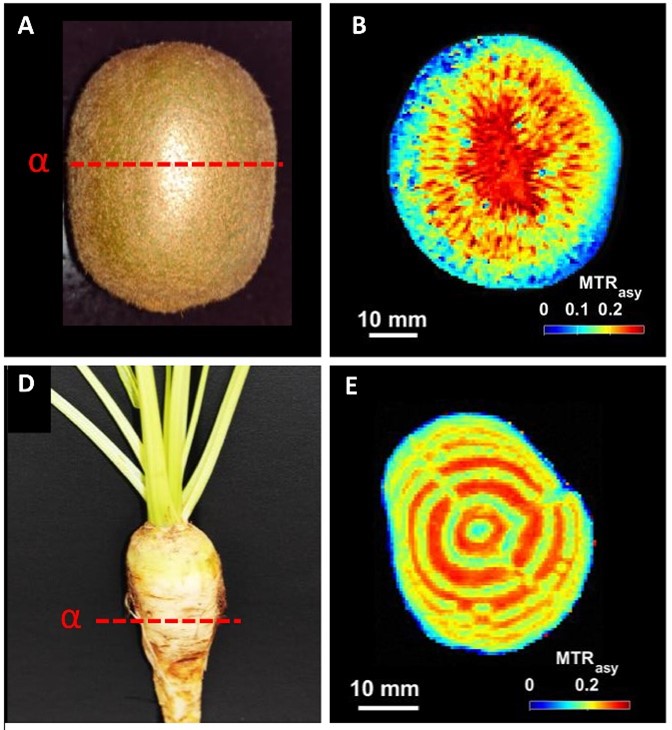
Metabolites through the looking glass with CEST MRI
Plant Science Research WeeklyNon-invasive imaging technologies like computed tomography and magnetic resonance imaging (MRI) have revolutionized medicine by improving diagnostics and guiding treatment. Due to its versatility, MRI also holds potential for plant sciences, where it can be used to visualize and quantify metabolites…
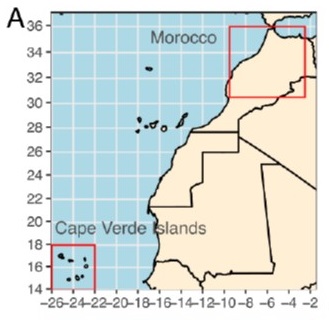
A novel metabolite confers salt tolerance to Arabidopsis from Cape Verde Islands
Plant Science Research WeeklyRising sea levels and increasing salt accumulation in irrigated soils are threatening food production globally. There is a lot to be learned from plants that have evolved tolerance to salt. In this new preprint, Martínez-Rivas et al. explored the mechanism of salt tolerance the Cvi-0 accession of Arabidopsis…
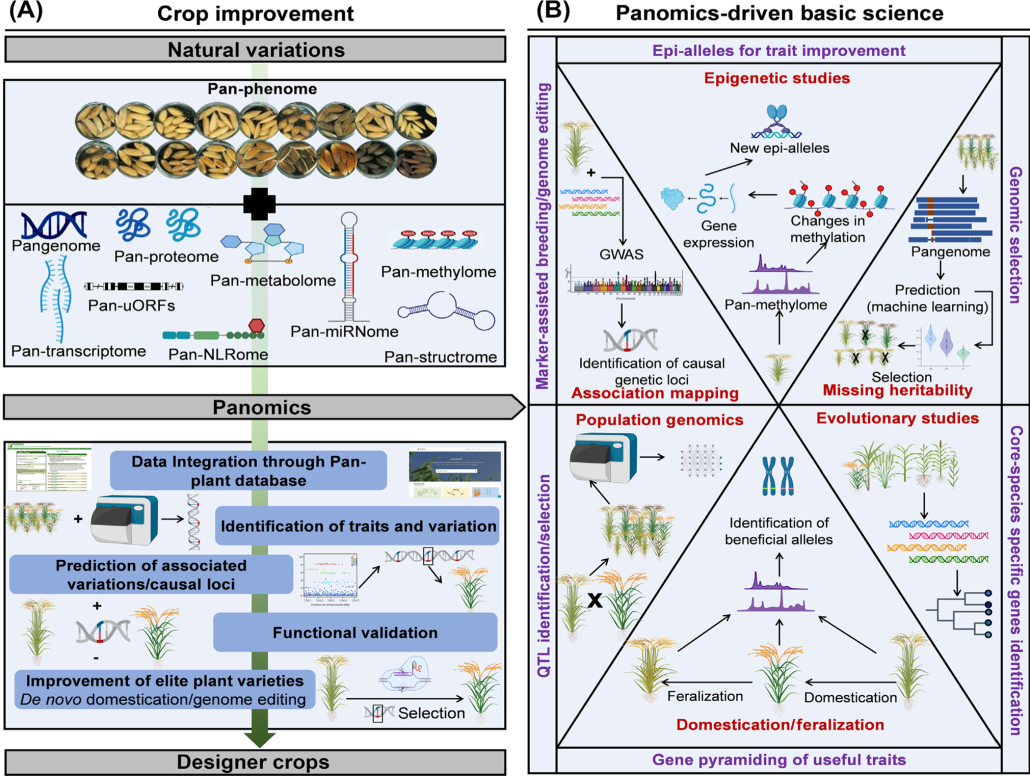
Review: The era of panomics-driven gene discovery in plants
Plant Science Research WeeklyPanomics, an approach integrating multiple ‘omics’ datasets such as genomics, transcriptomics, metabolomics, and phenomics, has seen rapid advancement in recent years due to technological improvements, particularly in genomics. This review focuses on the recent developments in panomics-driven gene…
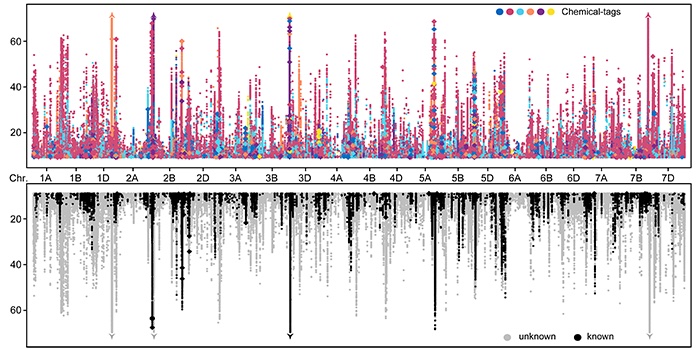
Semi-annotated metabolomics facilitates specialized metabolic gene and pathway elucidation
The Plant Cell: In a NutshellAnting Zhu et al. establish an approach to identify metabolites and their corresponding genes and pathways in wheat.
https://doi.org/10.1093/plcell/koad286
By A. Zhu, M. Liu, Z. Tian, W. Liu, W. Chen et al. National Key Laboratory of Crop Genetic Improvement and National Center of Plant Gene…

SIMPEL tool to elucidate dynamics of complex metabolism
Plant Science Research WeeklyCellular metabolism involves flux through metabolic routes, which can be measured using stable isotope (13C,15N) tracers. High-resolution mass spectrometry (HRMS) and transient isotope labeling studies offer an opportunity to get an in-depth understanding of metabolism in specific contexts. In this new…
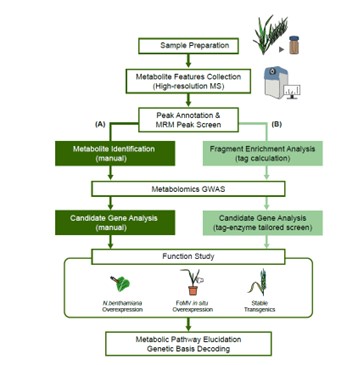
A novel way to conduct genome wide association studies for secondary metabolites
Plant Science Research WeeklyPlants produce many specialized metabolites that are often associated with increased plant fitness. Metabolic genome wide association studies (mGWAS) identify enzymes involved in specialized metabolite biosynthesis. However, this relies on identifying metabolites from mass spectrometry data which is…
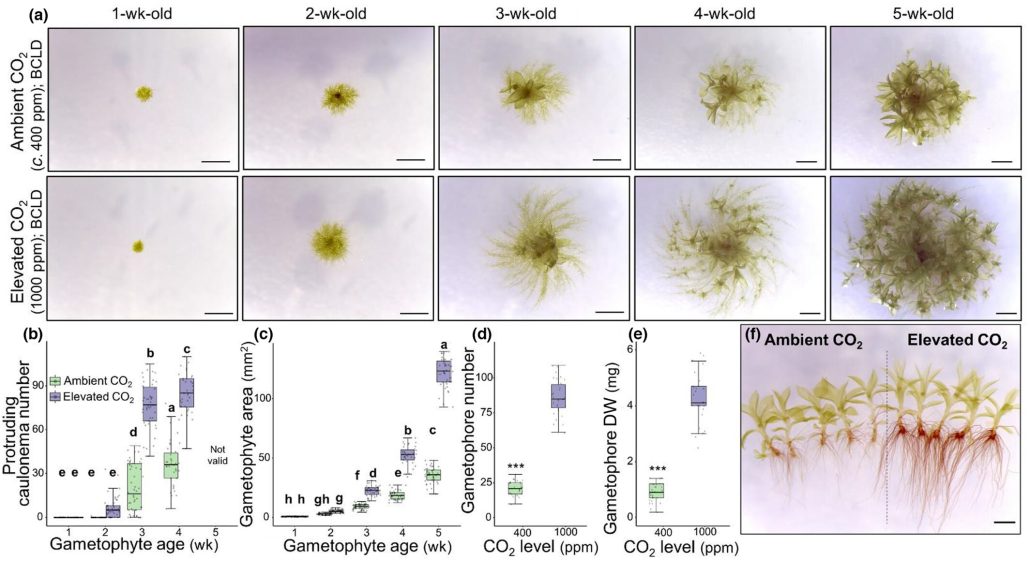
Physcomitrium patens responses to elevated CO2 and nitrogen
Plant Science Research WeeklyWith atmospheric CO2 levels increasing 100 times faster than historical levels, much attention has been paid to how crop plants respond to this elevated CO2 (eCO2). For angiosperms, eCO2 leads to increased CO2 assimilation and decreased photorespiration, but over time plants can adapt, leading to lower…
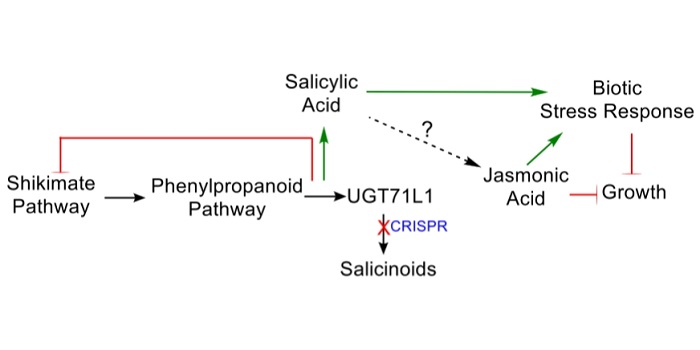
UGT71L1 in Poplar Connects Salicinoid and Salicylic Acid Metabolism
The Plant Cell: In a NutshellGordon et al. report that knock-out of a recently discovered enzyme for salicinoid biosynthesis in poplar leads to changes in salicylic acid and jasmonic acid metabolism and has unexpected effects on growth.. Plant Cell https://doi.org/10.1093/plcell/koac135
By Peter Constabel and Harley Gordon
Background:…

